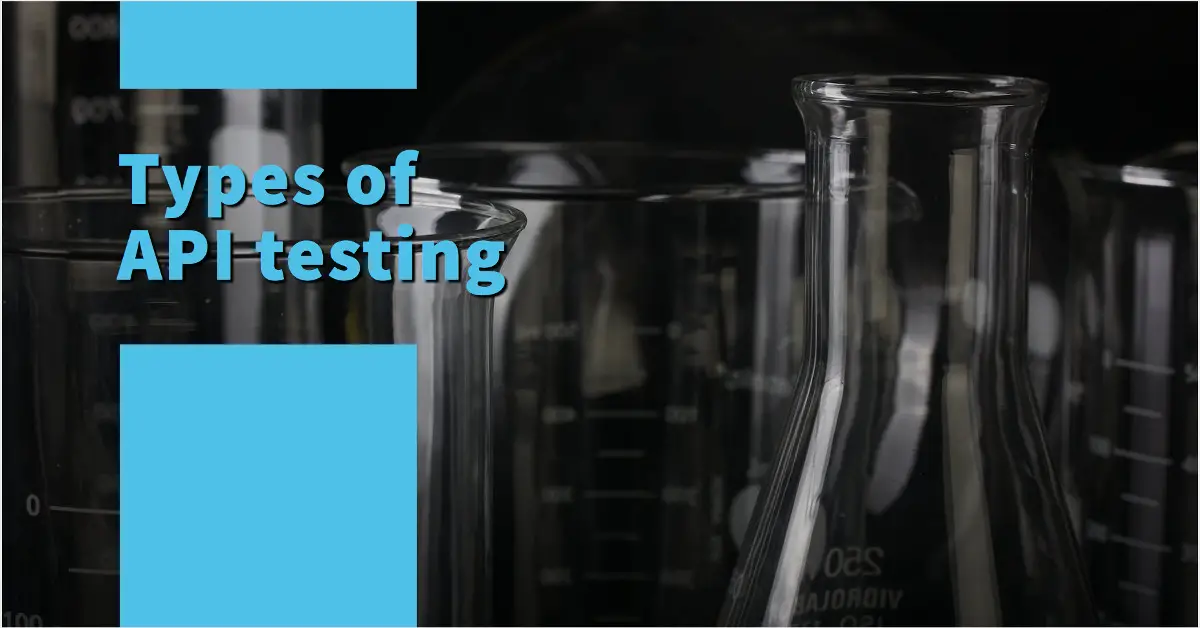APIs (Application Programming Interfaces) serve as the integration backbone of modern software, facilitating seamless communication between diverse systems. Guaranteeing the reliability, functionality, and security of APIs stands paramount in the software development process. Enter API testing—a critical phase in ensuring software resilience and performance.
API testing
Depending on whether we need to validate the functional aspects of the API against the specification, or validate against other APIs, or ensure performance is as expected. There are different types of tests that can be executed to achieve each of them. Let’s go one by one.
Smoke Testing
Smoke testing, an initial checkpoint, swiftly evaluates basic functionalities to catch fundamental errors that might impede further testing. It verifies whether essential features are operational before diving into more intricate assessments.
Functional Testing
Functional testing scrutinizes the precise functionalities of an API, analyzing inputs, outputs, and behaviours to validate its expected performance. This step ensures that the API aligns with predefined functional requirements. [1]
Integration Testing
Integration testing evaluates the interoperability between multiple APIs, identifying any inconsistencies or compatibility issues when APIs interact. It ensures seamless communication and operation among interconnected systems.
Regression Testing
Regression testing reexamines the API post-modifications or updates to verify that alterations haven’t adversely affected existing functionalities. It safeguards against unintended consequences or regressions.
Load Testing
Load testing simulates anticipated user loads to gauge an API’s performance, determining its ability to handle concurrent requests and optimizing its responsiveness under stress.
These types of tests validate response time, server throughput, and identify the breaking point [2].
Stress Testing
Stress testing surpasses load testing by subjecting the API to extreme conditions, pushing it beyond its capacity to identify breaking points and potential failure modes.
These types of tests validate the stability and robustness of the system, security leaks and corrupted data.
Security Testing
Security testing focuses on uncovering vulnerabilities within the API, encompassing checks for authentication, authorization, encryption, and overall protection against security threats.
UI Testing
While API testing primarily deals with backend functionalities, UI testing ensures that the frontend elements interacting with APIs function correctly, validating the overall user experience.
Fuzz Testing
Fuzz testing involves sending unexpected or malformed data to the API to uncover potential vulnerabilities or weaknesses in its input validation processes.
Conclusion
Each type of API testing contributes uniquely to the holistic quality assurance process. Transitioning from smoke testing for foundational checks to fuzz testing for unconventional scenarios, each testing type offers distinct insights into an API’s functionality and resilience.
API testing isn’t just a box to check; it’s a commitment to delivering robust, reliable software. Understanding and applying these testing methodologies empower software engineers to create resilient APIs that seamlessly integrate into complex software ecosystems.
In the dynamic landscape of software development, API testing methodologies evolve to match the complexities of emerging technologies. However, the fundamental role of these testing types in ensuring robustness and efficiency remains constant.
Embracing diverse API testing methodologies isn’t merely a practice; it’s a strategic approach to elevating software quality. The knowledge and application of these testing types serve as a cornerstone for engineers, ensuring the reliability and efficiency of API-driven applications.
As technology advances, so do the tools and techniques for API testing. Yet, the essence of comprehensive testing methodologies will continue to be instrumental in delivering exceptional software experiences to end-users.





